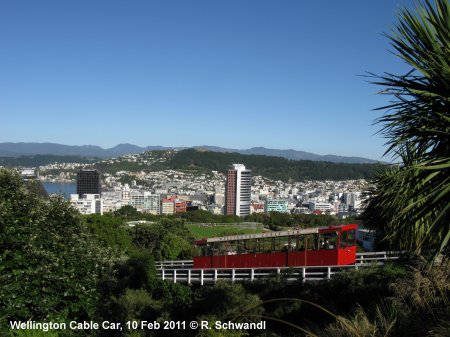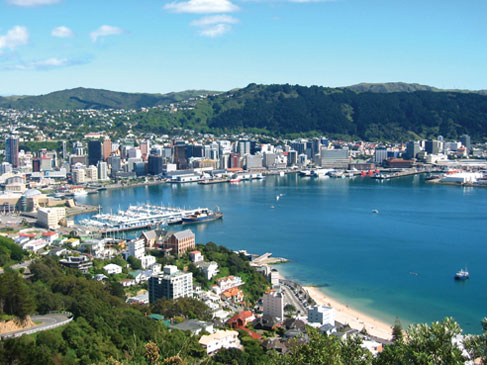- Study in AustraliaAustralian Universities/CollegesPrograms by faculty AusAustralian VisasLife in Australia
- Study In New ZealandNew Zealand UniversitiesPrograms by Faculty NZNew Zealand VisasLife in New Zealand
- Study in CanadaUniversities/Colleges in CANADAPrograms by faculty CanadaCanadian VisasLife in Canada
Wellington
Wellington
Wellington is the capital city and second most populous urban area of New Zealand. It is at the southwestern tip of the North Island, between Cook Strait and the Rimutaka Range. It is home to 393,400 residents. The Wellington urban area is the major population centre of the southern North Island, and is the seat of the Wellington Region – which in addition to the urban area covers the Kapiti Coast and Wairarapa.
Climate
The city averages 2025 hours (or about 169 days) of sunshine per year. The climate is a temperate marine one, is generally moderate all year round, and rarely sees temperatures rise above 25 °C (77 °F), or fall below 4 °C (39 °F). The hottest recorded temperature in the city is 31.1 °C (88 °F), while −1.9 °C (28 °F) is the coldest. The city is notorious however for its southerly blasts in winter, which may make the temperature feel much colder. The city is generally very windy all year round with high rainfall; average annual rainfall is 1249 mm, June and July being the wettest months. Frosts are quite common in the hill suburbs and the Hutt Valley between May and September. Snow is very rare, although snow fell on the city and many other parts of the Wellington region in July and August 2011.

Education
Victoria University of Wellington has four campuses and works with a three trimester system (beginning March, July, and November).[66] It enrolled 21,380 students in 2008; of these, 16,609 were full-time students. Of all students, 56% were female and 44% male. While the student body was primarily New Zealanders of European descent, 1,713 were Maori, 1,024 were Pacific students, 2,765 were international students. 5,751 degrees, diplomas and certificates were awarded. The school has 1,930 full-time employees. Massey University has a Wellington campus known as the "creative campus" and offers programs in communication and business, engineering and technology, health and well-being, and creative arts. Its school of design was established in 1886, and has research centres for studying public health, sleep, Maori health, small & medium enterprises, disasters, and tertiary teaching excellence. It combined with Victoria University of Wellington to create the New Zealand School of Music. The University of Otago has a Wellington branch with its Wellington School of Medicine and Health. In addition, there is Whitireia New Zealand which has large campuses in Porirua, Wellington and Kapiti; the Wellington Institute of Technology and New Zealand's National Drama school, Toi Whakaari. For further information, see List of universities in New Zealand. The Wellington area has numerous primary and secondary schools. See List of schools in the Wellington Region for more information.

Tourism
Wellington is marketed as the 'coolest little capital in the world' by Positively Wellington Tourism, an award-winning regional tourism organisation set up as a council controlled organisation by Wellington City Council in 1997. The organisation’s council funding comes through the Downtown Levy commercial rate.
Museums and cultural institutions
Wellington is home to Te Papa (the Museum of New Zealand), the National Library of New Zealand, Archives New Zealand, the Museum of Wellington City & Sea, the Katherine Mansfield Birthplace Museum, Colonial Cottage, the New Zealand Cricket Museum, the Cable Car Museum, Old St Paul's, and the Wellington City Art Gallery.
For more information, please contact one of our offices
Study in Australia | Study in the UK | Study in Malaysia | Study in Canada | Study in the USA | Study in New Zealand













